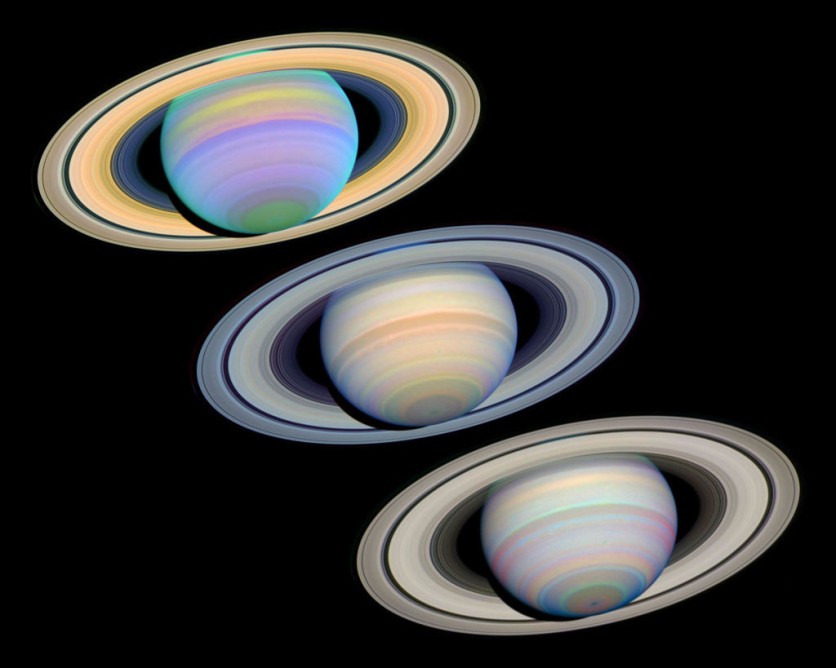An international group of astronomers has found a new ring system around a dwarf planet hailing from the edge of our Solar System. This discovery challenges current theories on the formation of ring systems since it orbits much further than a normal system.
The ring system was discovered in a dwarf planet called Quaoar, which orbits the Sun beyond Neptune and has half the size of Pluto, according to a press release.

Sensitive High-Speed Camera
The team used HiPERCAM, an incredibly sensitive high-speed camera created by researchers at the University of Sheffield to find the new ring system.
This camera is also installed on the largest optical telescope in the world, the 10.4 m Gran Telescopio Canarias (GTC) in La Palma, Spain.
For direct viewing in a picture, the rings are too small and dim. The researchers made their finding instead by observing an occultation, in which Quaoar's orbit of the Sun blocks light from a background star.
A ring system around Quaoar was evident in two unexpected light dips that occurred before and after the event, which lasted less than a minute.
Only small planets such as Chariklo and Haumea, have rings in the Solar System, in addition to Jupiter, Saturn, Uranus, and Neptune.
Due to their near orbits to the parent body, all of the previously discovered ring systems are capable of surviving because tidal forces stop the ring material from accreting and producing moons.
Read also : Astrophotographer of the Year 2022: Check Out This Year's Winners and Most Stunning Images of the Universe!
Roche Limit
The ring system around Quaoar is unique because it is twice as far out as what was previously believed to be the maximum radius permitted by the so-called "Roche limit" - the maximum distance at which ring systems are supposed to exist.
Comparatively, Saturn's major rings are located within three planetary radii. Hence, ring formation hypotheses have to be reexamined in light of this discovery.
"It was unexpected to discover this new ring system in our Solar System, and it was doubly unexpected to find the rings so far out from Quaoar, challenging our previous notions of how such rings form," Vik Dhillon, co-author of the study, said in a statement.
"The use of our high-speed camera - HiPERCAM - was key to this discovery as the event lasted less than one minute and the rings are too small and faint to see in a direct image."
The team's findings were published in Nature.
ⓒ 2026 TECHTIMES.com All rights reserved. Do not reproduce without permission.




